Four-Day Tour of Charleston
| Day 1 | First Walks Near Anchorage Inn at 26
Vendue Range: Exterior of the Inn, Waterfront Park and Fountain, St. Philips Episcopal Church, Cobblestone street, Pink House Gallery, Old Slave Mart Museum. |
| Day 2 | Horse carriage tour of the Historic District: French Quarter and South of Broad Maps, South of Broad Mansions, Miles Brewton House, Two Meeting Street Inn, Calhoun Mansion, First (Scots) Presbyterian Church, George Washington Park, Circular Congregational Church, Horse-drawn Carriages. |
| Day 3, Part 1 | Magnolia Gardens Plantation: Beautiful flowers, huge live oaks and cypress trees hung with Spanish Moss, black reflecting marsh ponds, signature plantation bridge. |
| Day 3, Part 2 | Magnolia Gardens Plantation: Slave quarters, alligator in marsh, across marsh reeds to the woods, moss close-up, magnificently spreading tree, plantation mansion from several angles, expansive views from its veranda. |
| Day 4, Part 1 | Self-guided tour in the French
Quarter: French Quarter Map, Old Exchange House, St. Michael's Episcopal Church, Washington Park, Postal Museum, City Hall, Charleston County Courthouse, Interior of St. Michael's Church, George Washington's Pew 43 |
| Day 4, Part 2 | Self-Guided Walking Tour South of Broad: South of Broad Map, Cemetery at St. Michael's Episcopal Church, First (Scots) Presbyterian Church, Tourists in carriages, Calhoun House alley, Huge tree at Two Meeting Street Inn, West Point Gardens: Gazebo, Cannons, 1775 Army of Revolution Monument, Massive array of sailboats. |
Charleston, Day 2
Horse carriage tour of the Historic
District:
French Quarter and South of Broad Maps, South of Broad Mansions,
Miles Brewton House, Two Meeting Street Inn, Calhoun Mansion,
First (Scots) Presbyterian Church, George Washington Park,
Circular Congregational Church, Horse-drawn Carriages.
April 17, 2012
Posted July 11, 2012, ©2012 Herbert E. Lindberg
| By our second day in Charleston the cold that Mary caught from me had blossomed to the point that she decided to go back to bed after breakfast instead of joining me on a horse carriage tour. |
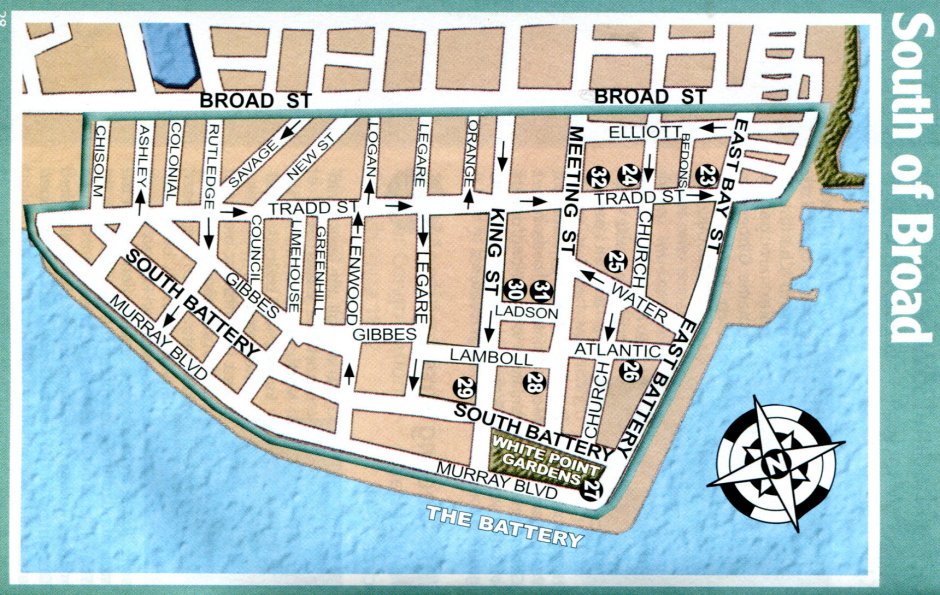 |
|
|
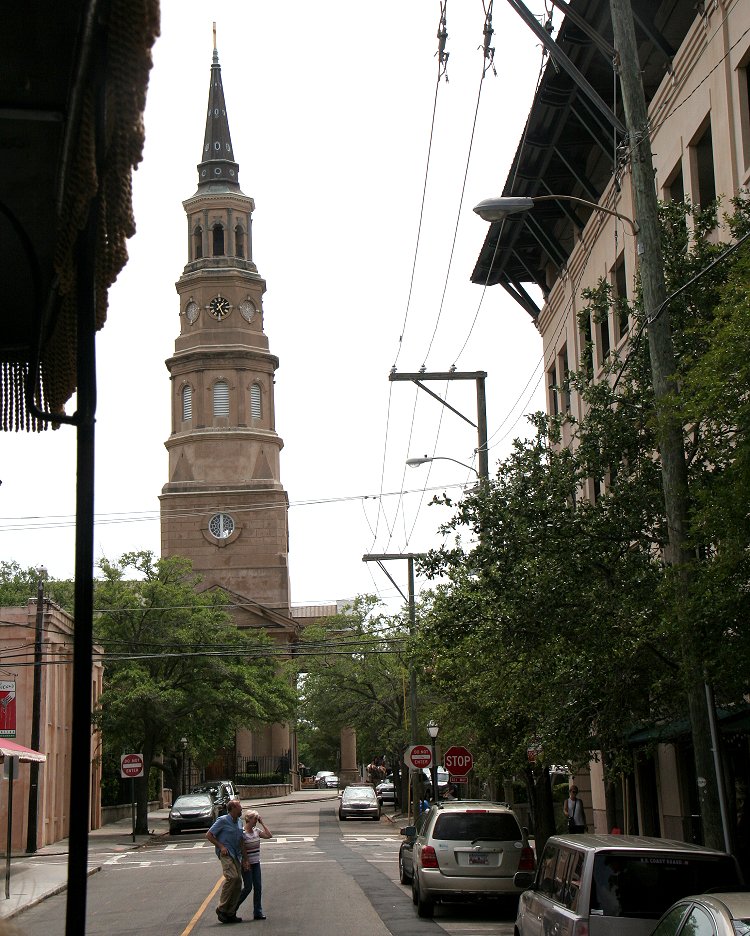 |
|
|
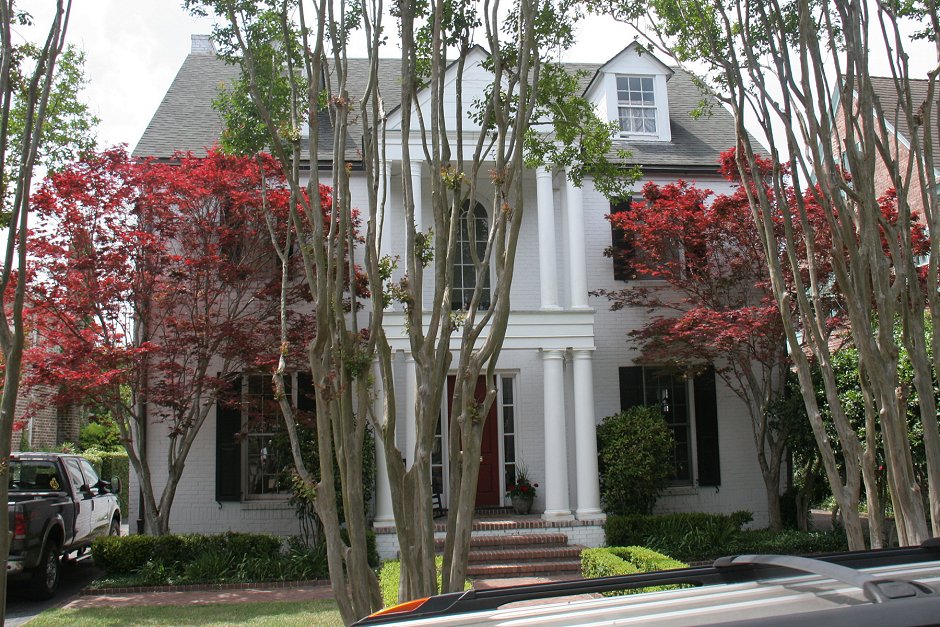 |
|
|
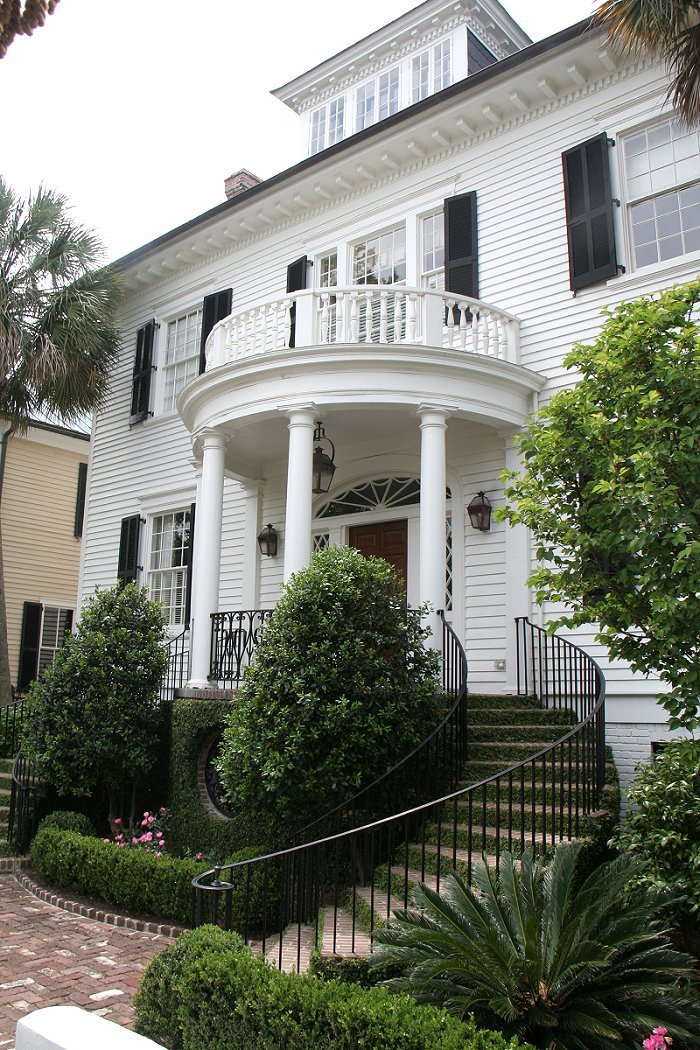 |
|
|
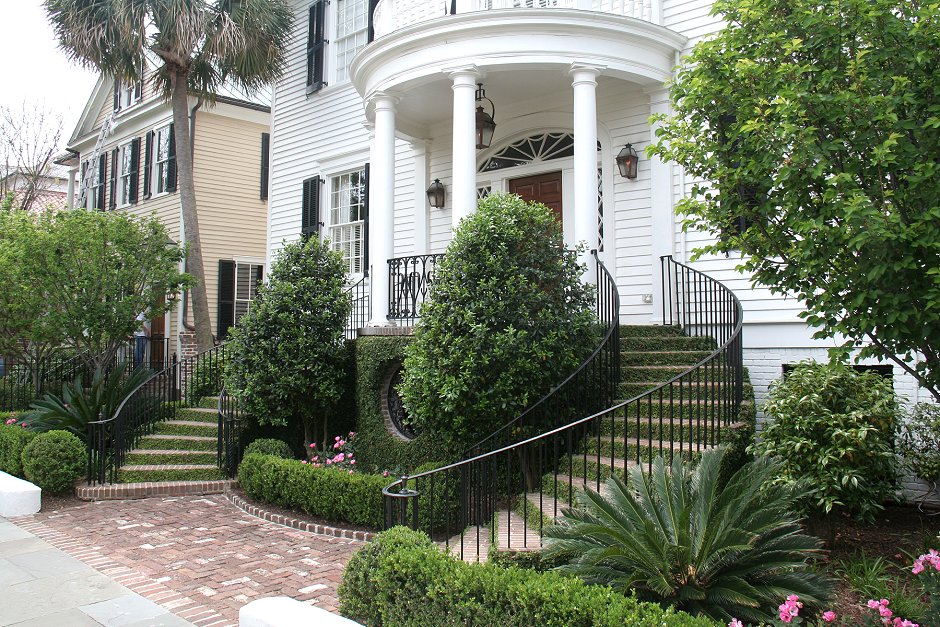 |
|
|
 |
|
|
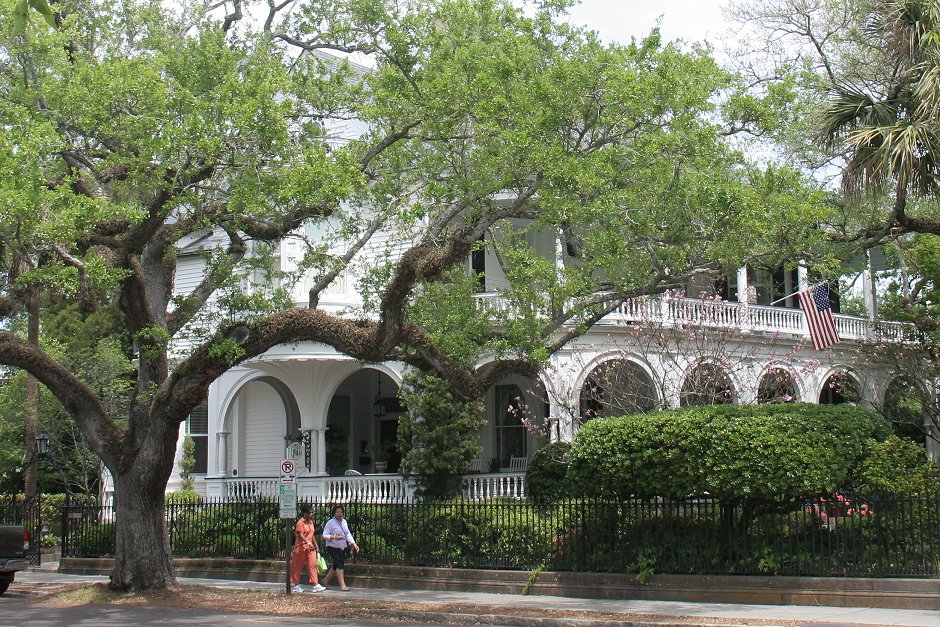 |
|
|
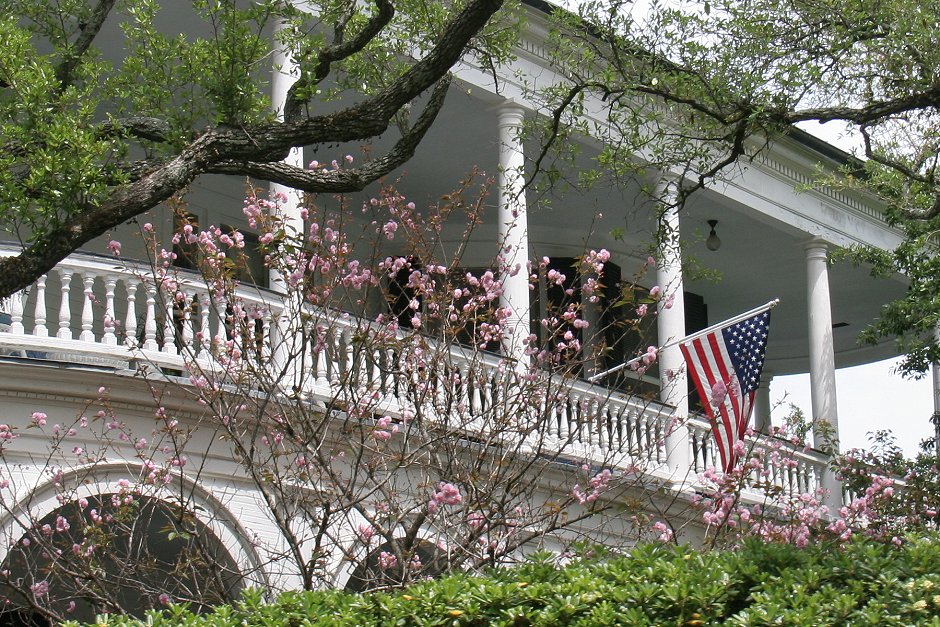 |
|
|
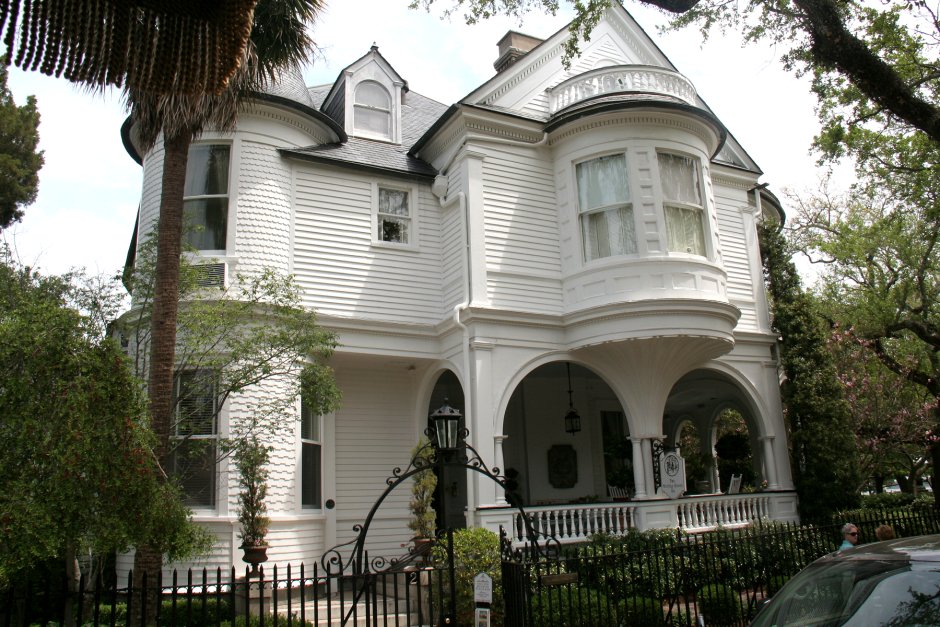 |
|
|
 |
|
|
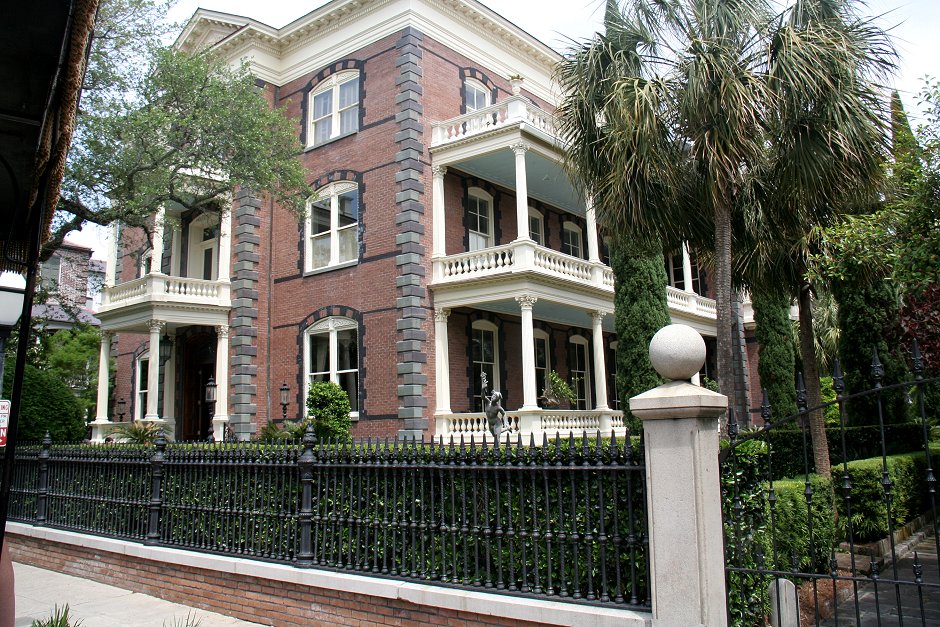 |
|
|
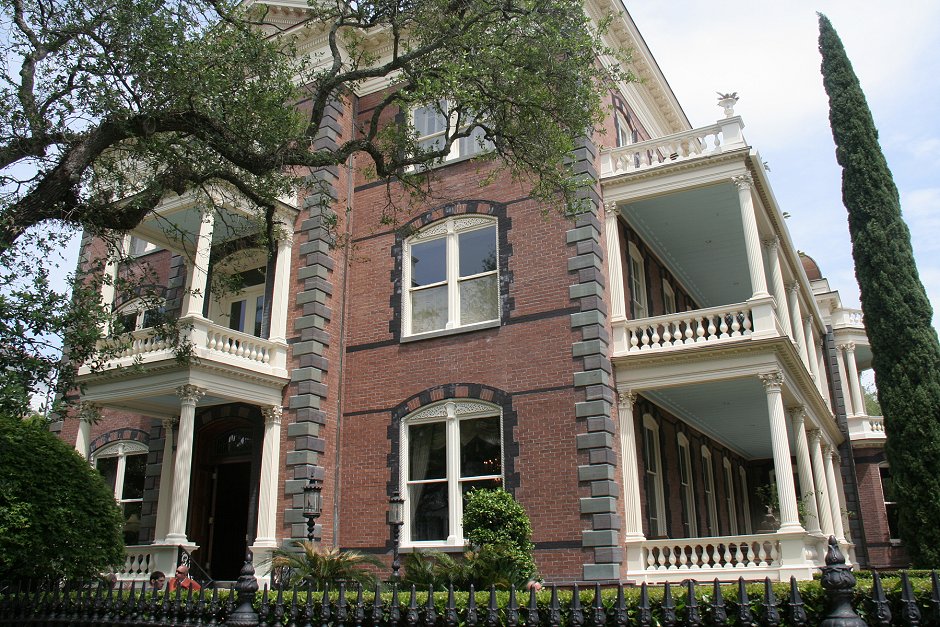 |
|
|
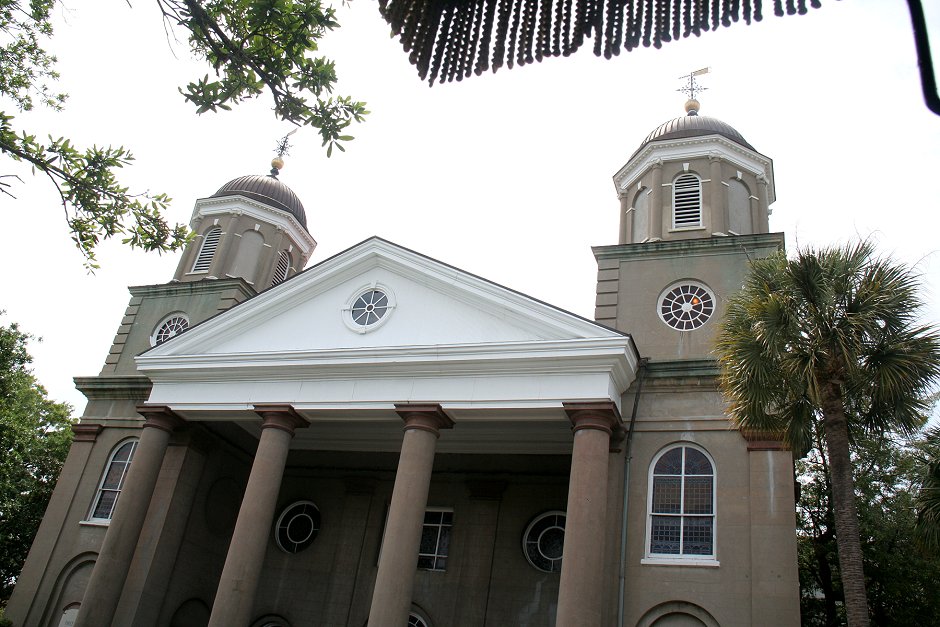 |
|
|
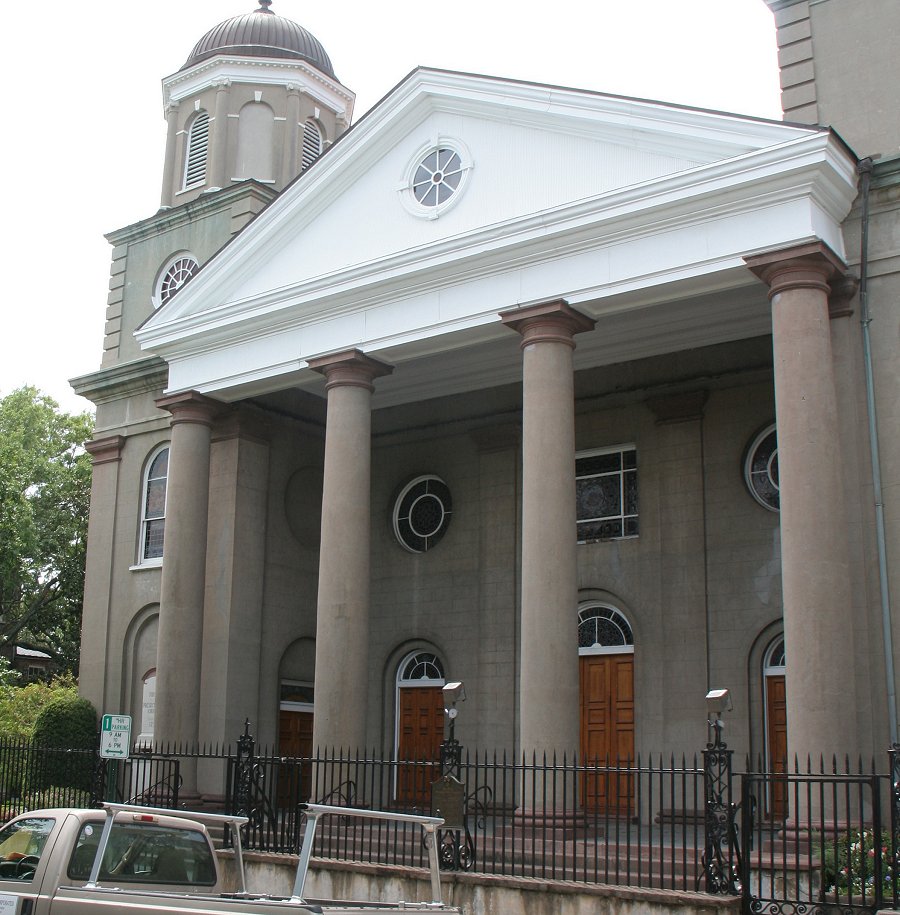 |
|
|
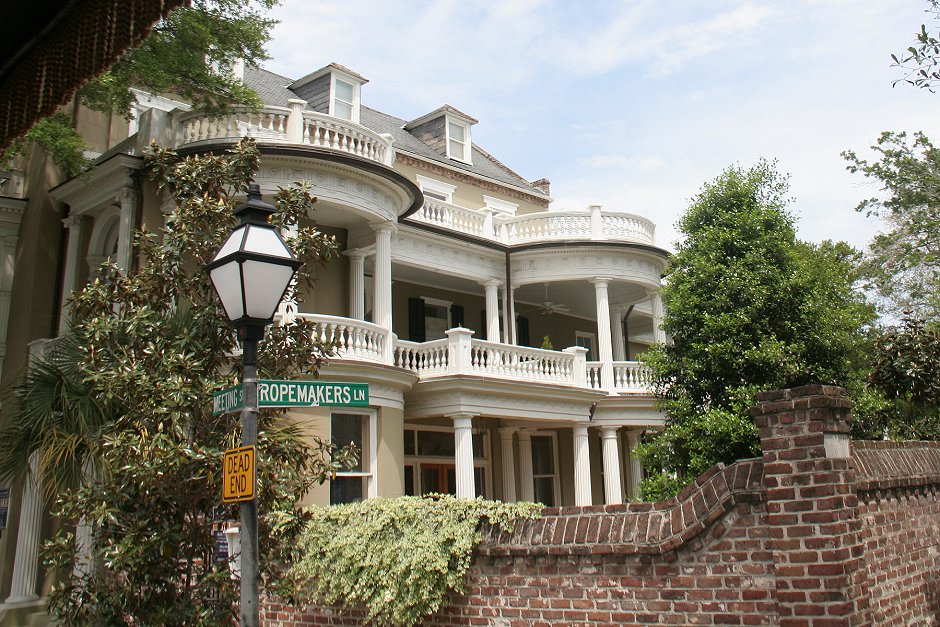 |
|
|
 |
|
|
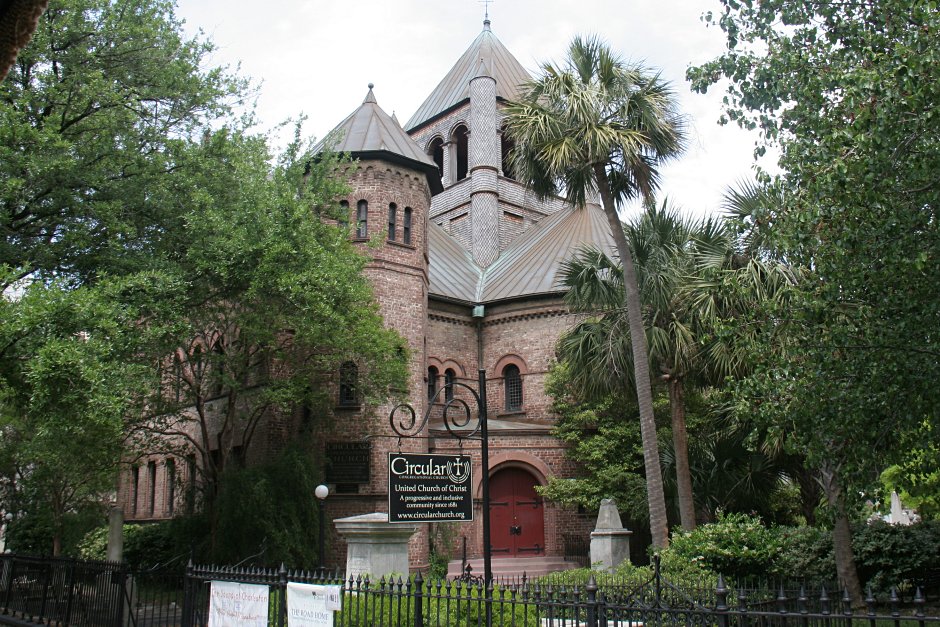 |
|
|
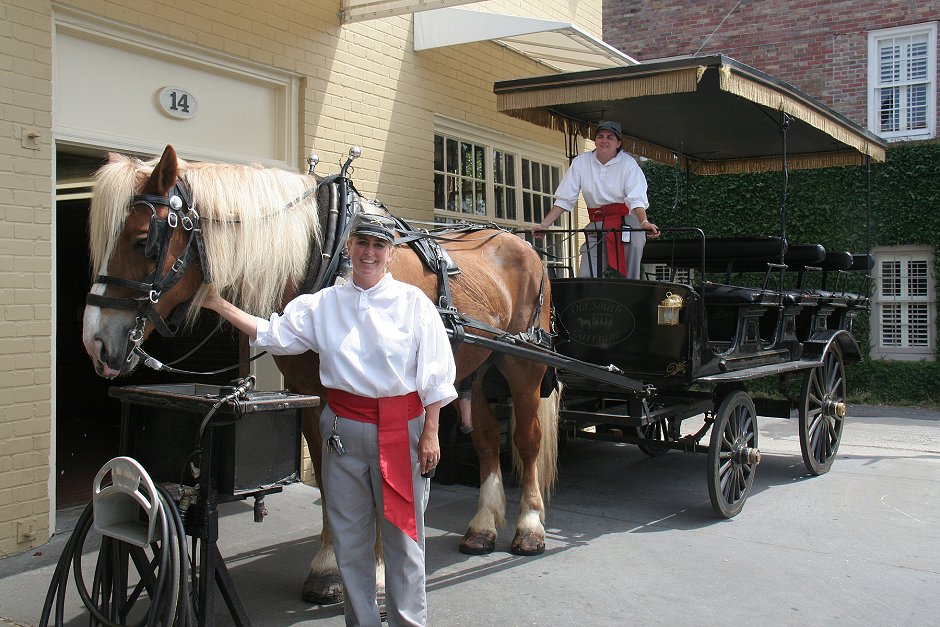 |
|
|
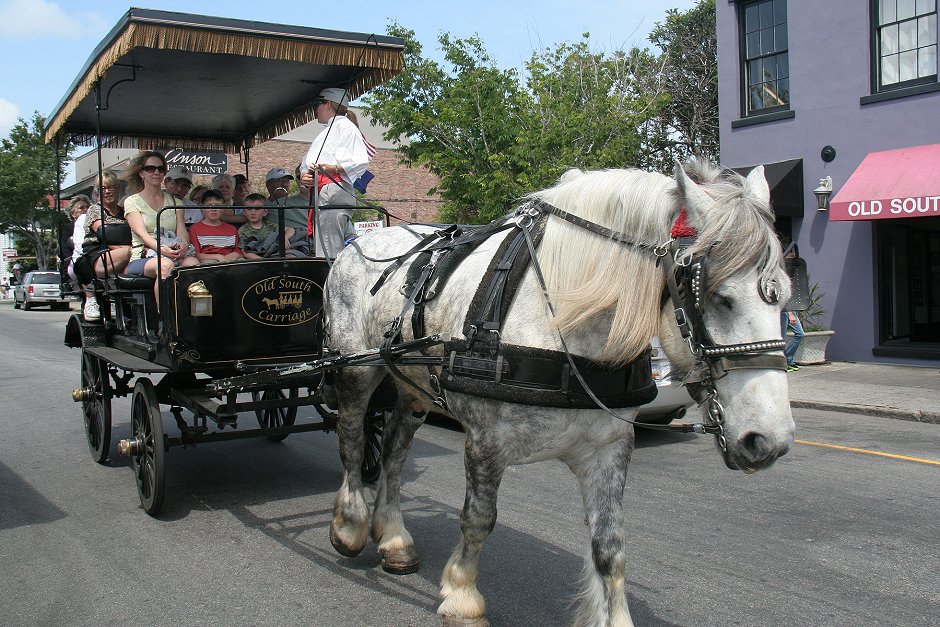 |
|
|
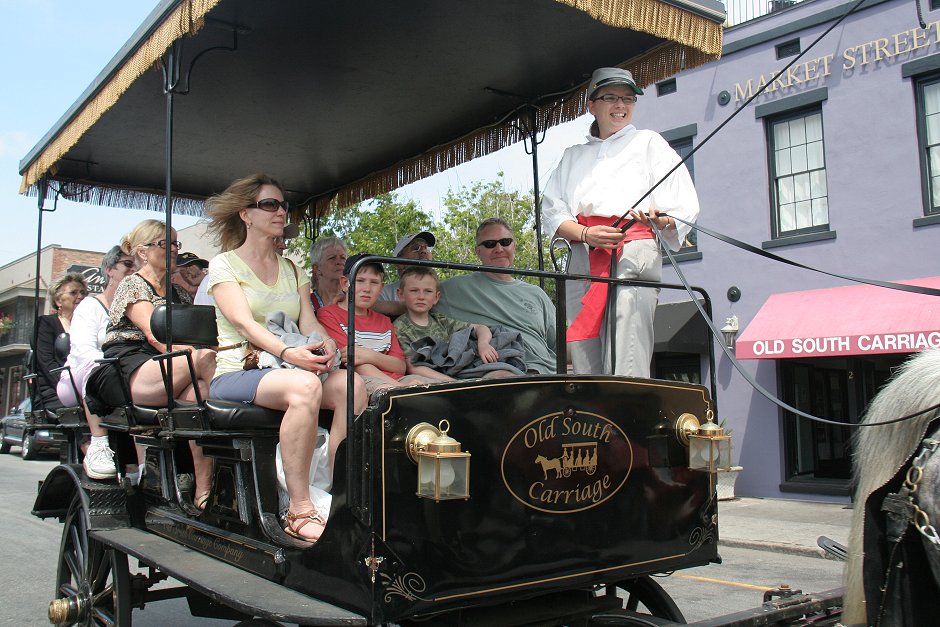 |
|
|
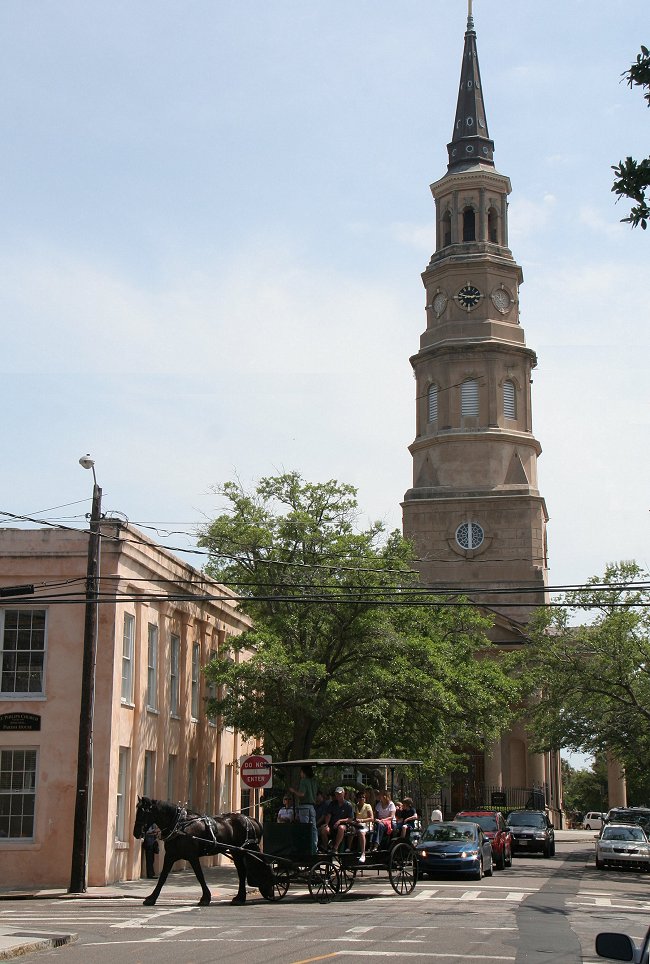 |
|
|
Four-Day Tour of Charleston
| Day 1 | First Walks Near Anchorage Inn at 26
Vendue Range: Exterior of the Inn, Waterfront Park and Fountain, St. Philips Episcopal Church, Cobblestone street, Pink House Gallery, Old Slave Mart Museum. |
| Day 2 | Horse carriage tour of the Historic District: French Quarter and South of Broad Maps, South of Broad Mansions, Miles Brewton House, Two Meeting Street Inn, Calhoun Mansion, First (Scots) Presbyterian Church, George Washington Park, Circular Congregational Church, Horse-drawn Carriages. |
| Day 3, Part 1 | Magnolia Gardens Plantation: Beautiful flowers, huge live oaks and cypress trees hung with Spanish Moss, black reflecting marsh ponds, signature plantation bridge. |
| Day 3, Part 2 | Magnolia Gardens Plantation: Slave quarters, alligator in marsh, across marsh reeds to the woods, moss close-up, magnificently spreading tree, plantation mansion from several angles, expansive views from its veranda. |
| Day 4, Part 1 | Self-guided tour in the French
Quarter: French Quarter Map, Old Exchange House, St. Michael's Episcopal Church, Washington Park, Postal Museum, City Hall, Charleston County Courthouse, Interior of St. Michael's Church, George Washington's Pew 43 |
| Day 4, Part 2 | Self-Guided Walking Tour South of Broad: South of Broad Map, Cemetery at St. Michael's Episcopal Church, First (Scots) Presbyterian Church, Tourists in carriages, Calhoun House alley, Huge tree at Two Meeting Street Inn, West Point Gardens: Gazebo, Cannons, 1775 Army of Revolution Monument, Massive array of sailboats. |